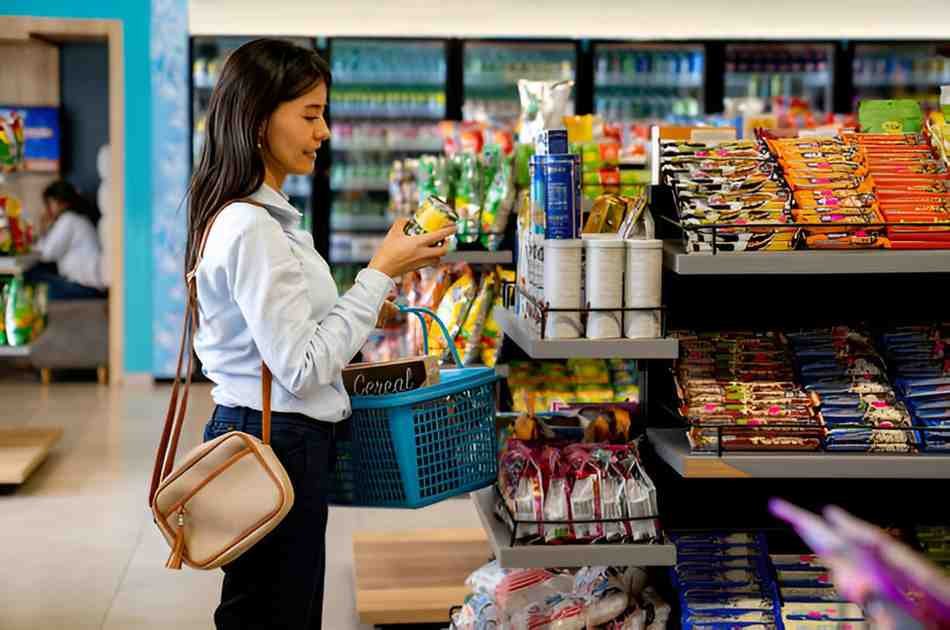Scrambled merchandising is a retail strategy where stores expand their product offerings beyond their traditional categories. This approach has transformed modern retail, allowing businesses to diversify revenue streams and attract broader customer bases. I will break down the concept, explore its advantages and challenges, and provide real-world examples with calculations to clarify its financial implications.
Table of Contents
What is Scrambled Merchandising?
Scrambled merchandising refers to retailers selling unrelated product lines to increase profitability. A pharmacy selling groceries, a gas station offering household items, and an electronics store stocking fitness supplements are all examples. The goal is to capitalize on customer convenience and impulse purchases.
Why Retailers Use Scrambled Merchandising
Retailers adopt scrambled merchandising for several reasons:
- Increase revenue – Diversifying product lines attracts more customers and enhances sales.
- Enhance customer convenience – Shoppers prefer one-stop destinations.
- Leverage foot traffic – Cross-selling unrelated products maximizes revenue per visit.
- Counteract competition – Expanding into new categories creates differentiation.
- Offset seasonal demand – Selling diverse products ensures year-round sales stability.
Financial Implications of Scrambled Merchandising
Retailers must analyze financial feasibility before adopting scrambled merchandising. Key factors include:
- Gross Margin Impact – Introducing low-margin products affects overall profitability.
- Inventory Turnover – Slower-moving items tie up capital.
- Operational Costs – Additional stock requires increased staffing and space.
Example Calculation: Evaluating Profitability
Suppose a bookstore adds coffee and snacks to its inventory. The key metrics include:
| Product Category | Revenue ($) | Cost of Goods Sold (COGS) ($) | Gross Profit ($) | Gross Margin (%) |
|---|---|---|---|---|
| Books | 50,000 | 30,000 | 20,000 | 40% |
| Coffee & Snacks | 10,000 | 4,000 | 6,000 | 60% |
| Total | 60,000 | 34,000 | 26,000 | 43.3% |
Adding coffee and snacks increases gross margin from 40% to 43.3%, improving overall profitability.
Break-even Analysis
Retailers must determine the break-even point when introducing new product lines. The break-even sales volume is calculated as:
\text{Break-even Sales Volume} = \frac{\text{Fixed Costs}}{\text{Price per Unit} - \text{Variable Cost per Unit}}If a retailer incurs $5,000 in fixed costs for a new product category, sells each unit for $10, and has a variable cost of $6 per unit, the break-even volume is:
\frac{5000}{10 - 6} = 1250 \text{ units}The retailer must sell 1,250 units to cover fixed costs.
Challenges of Scrambled Merchandising
While scrambled merchandising offers benefits, retailers face challenges:
- Brand Dilution – Offering unrelated products may confuse customers.
- Inventory Management – Stocking diverse items complicates logistics.
- Regulatory Compliance – Some products require special licenses.
- Customer Expectations – A high-end store selling budget products may lose credibility.
Case Study: Convenience Stores and Scrambled Merchandising
Convenience stores exemplify scrambled merchandising by selling groceries, fuel, household items, and even financial services. Their strategy revolves around high-margin impulse purchases and strategic product placement.
Example Calculation: Measuring Contribution Margin
A convenience store introduces fresh food items, aiming for a 50% gross margin. If a sandwich sells for $5 and has a COGS of $2.50, the contribution margin per unit is:
\text{Contribution Margin} = \text{Price per Unit} - \text{Variable Cost per Unit} 5 - 2.5 = 2.5The store determines whether this margin justifies storage and handling costs.
The Future of Scrambled Merchandising
Retailers continue to refine scrambled merchandising through data analytics and technology. Personalization, targeted promotions, and inventory automation enhance effectiveness. As consumer habits shift, retailers must adapt their strategies to balance convenience with brand integrity.
Conclusion
Scrambled merchandising is a powerful strategy when executed strategically. Retailers must analyze financial implications, assess risks, and align product expansion with customer expectations. By understanding scrambled merchandising, businesses can make informed decisions to optimize profitability and customer satisfaction.





